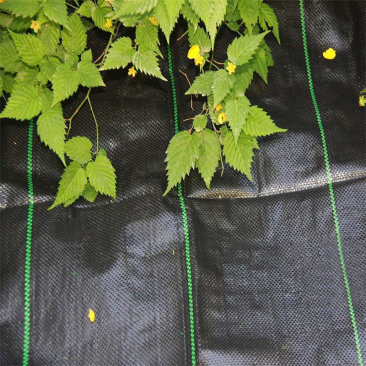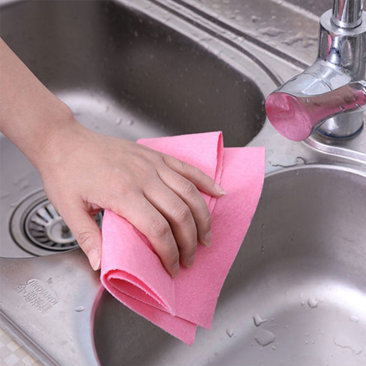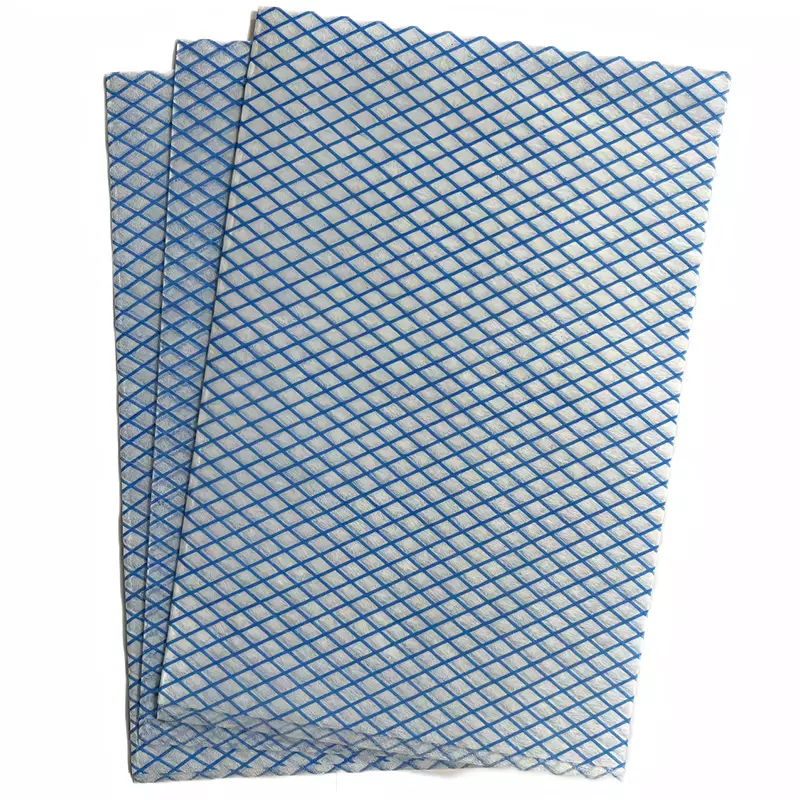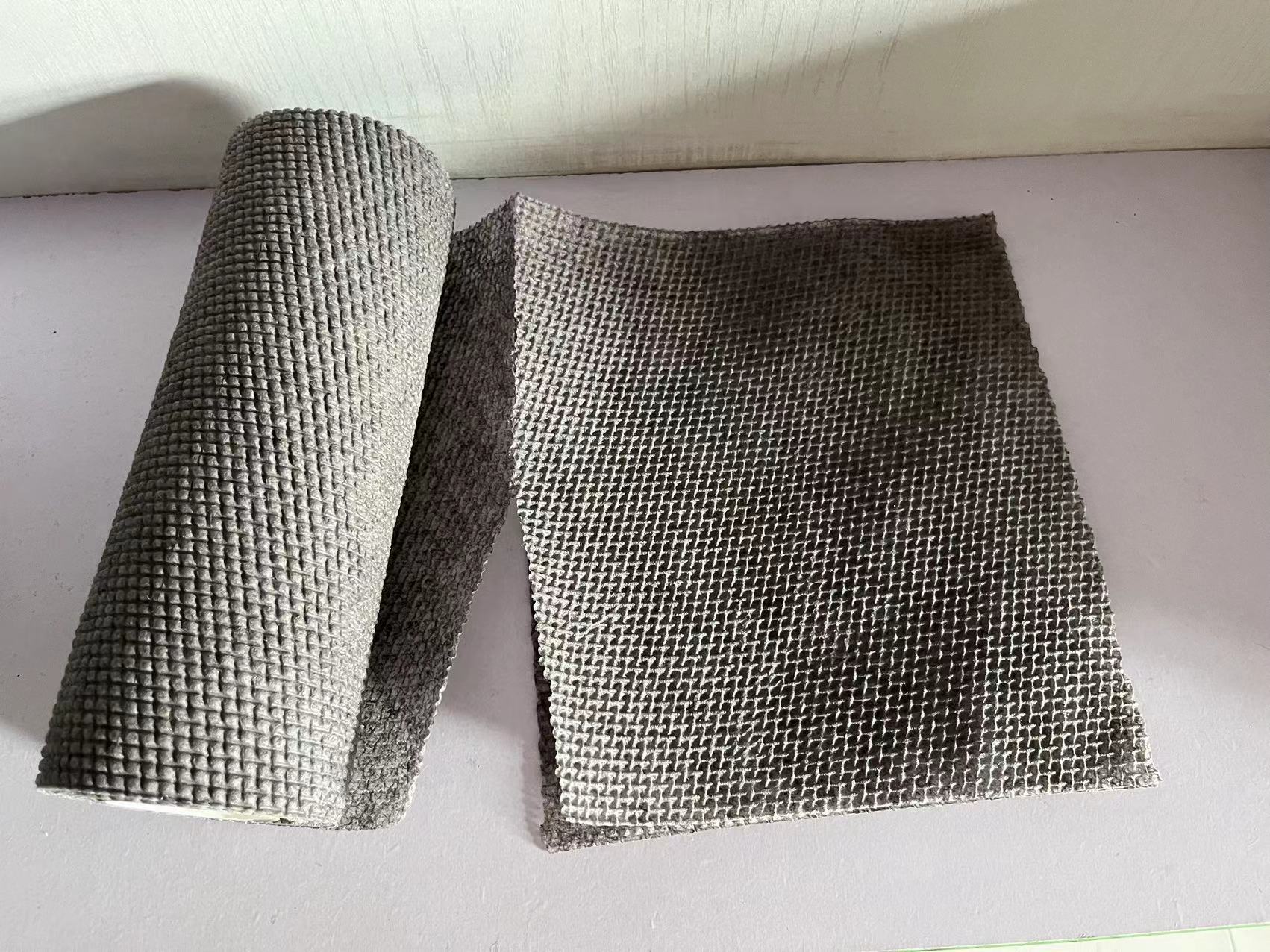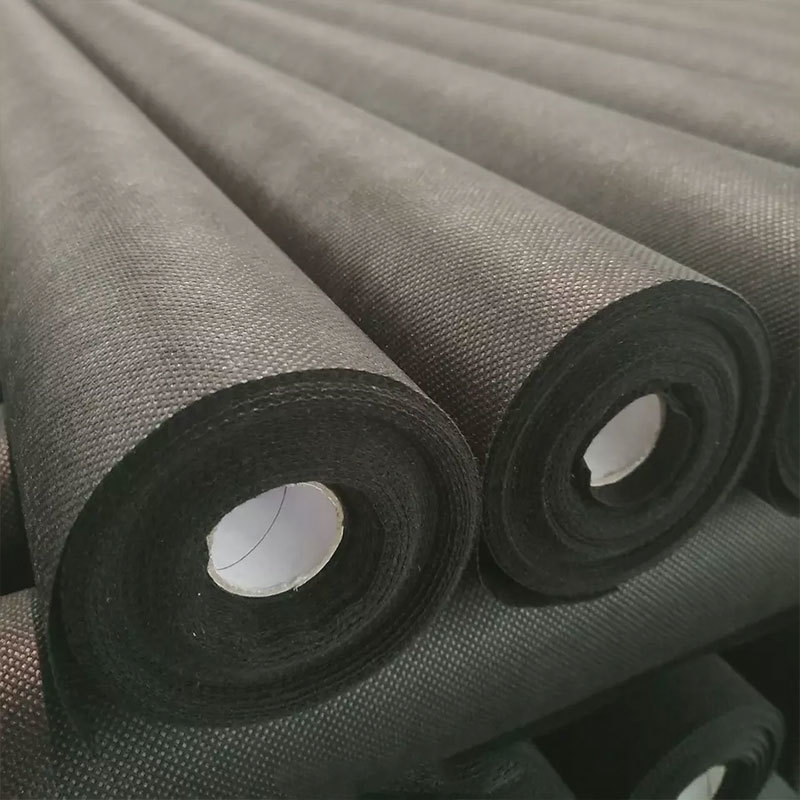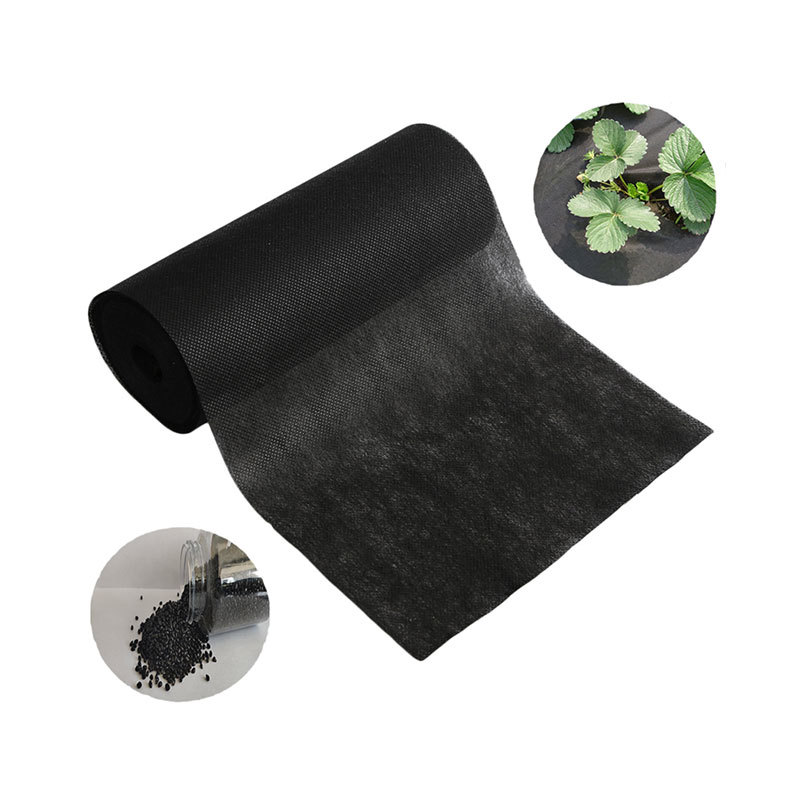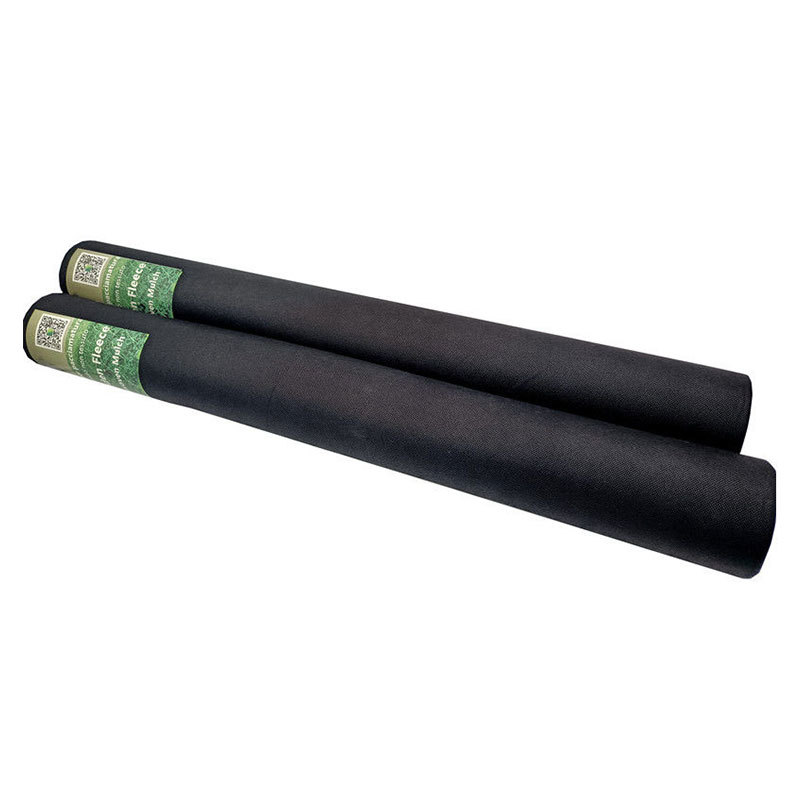01
2025
-
07
The Best Techniques for Installing Garden Weed Control Fabric: A Comprehensive Guide
The Best Techniques for Installing Garden Weed Control Fabric Table of Contents 1. Introduction to Garden Weed Control Fabric 2. Why Use Garden Weed Control Fabric? 3. Types of Garden Weed Control Fabric 4. Preparing the Area for Installation 5. Essential Installation Techniques 6. Best Practices for Using Weed Control Fabric 7. Maintenance Tips for Longevity 8. Common Mistakes to
The Best Techniques for Installing Garden Weed Control Fabric
Table of Contents
- 1. Introduction to Garden Weed Control Fabric
- 2. Why Use Garden Weed Control Fabric?
- 3. Types of Garden Weed Control Fabric
- 4. Preparing the Area for Installation
- 5. Essential Installation Techniques
- 6. Best Practices for Using Weed Control Fabric
- 7. Maintenance Tips for Longevity
- 8. Common Mistakes to Avoid
- 9. Frequently Asked Questions
- 10. Conclusion
1. Introduction to Garden Weed Control Fabric
Garden weed control fabric is an essential tool for any gardener looking to reduce the hassle of maintaining a weed-free environment. This landscape fabric acts as a barrier to prevent weed growth while allowing air, water, and nutrients to penetrate the soil. By understanding the best techniques for installing garden weed control fabric, we can maximize its effectiveness and promote healthier plant growth.
2. Why Use Garden Weed Control Fabric?
Using garden weed control fabric offers several advantages:
- **Weed Suppression**: Provides a barrier that prevents sunlight from reaching the weed seeds, inhibiting their growth.
- **Moisture Retention**: Helps retain soil moisture, reducing the need for frequent watering.
- **Soil Temperature Regulation**: Regulates soil temperature, promoting optimal plant growth.
- **Easy Maintenance**: Simplifies garden maintenance by reducing the frequency of weed pulling.
In summary, employing weed control fabric in your garden setup significantly enhances the ease and effectiveness of maintaining a flourishing garden.
3. Types of Garden Weed Control Fabric
Selecting the right type of weed control fabric is crucial. Here are the main categories available:
3.1 Woven Fabric
Woven fabrics are made from interlaced strands of polypropylene or polyester. They are durable and allow water and nutrients to flow freely while blocking sunlight.
3.2 Non-Woven Fabric
Non-woven fabrics are made from bonded fibers. They are lightweight and effective at weed suppression but may degrade faster than woven types.
3.3 Biodegradable Fabric
Made from organic materials, biodegradable fabrics offer a temporary solution for weed control. They decompose over time, enriching the soil but requiring more frequent replacement.
Choosing the right type based on your garden’s needs will ensure you achieve the best results.
4. Preparing the Area for Installation
Effective installation begins with thorough preparation. Here’s how to prepare your garden area before laying down the fabric:
4.1 Clear the Area
Remove all existing weeds, rocks, and debris from the area. Use a hoe or a spade for stubborn roots and ensure the area is clean for optimal fabric performance.
4.2 Level the Soil
Make sure the soil is level to prevent pooling water which can lead to fabric deterioration and weed growth. A flat surface will also ensure even distribution of moisture.
4.3 Test the Soil
Consider testing the soil for pH and nutrient levels. Amending the soil with compost or fertilizer can enhance plant growth once the fabric is installed.
5. Essential Installation Techniques
Now that the area is prepared, it’s time to install the weed control fabric. Follow these techniques for effective installation:
5.1 Measure and Cut the Fabric
Measure the area carefully and cut the fabric to size, allowing for overlaps where necessary to ensure complete coverage.
5.2 Lay the Fabric
Place the fabric over the prepared area, ensuring it is smooth and without wrinkles. Secure it in place using landscape staples or pins, especially at the edges.
5.3 Overlapping Edges
If more than one piece of fabric is used, overlap the edges by at least 6 inches to prevent weeds from growing through the seams.
5.4 Securing the Fabric
Use landscape pins every few feet to secure the fabric firmly against the soil. This will prevent lifting during heavy rains or wind.
6. Best Practices for Using Weed Control Fabric
To maximize the benefits of weed control fabric, consider the following best practices:
6.1 Choose the Right Plants
Select plants that thrive in the conditions provided by the fabric, considering their root depths and growth habits.
6.2 Create Planting Holes
When planting, cut a cross or an “X” in the fabric where each plant will go. This allows for direct root contact with the soil.
6.3 Mulch Addition
Applying a layer of mulch over the fabric can enhance moisture retention, improve aesthetics, and provide additional weed suppression.
7. Maintenance Tips for Longevity
Proper maintenance will ensure your weed control fabric lasts longer and performs effectively:
7.1 Regular Inspections
Regularly check the fabric for damage, wear, or tear. Address any issues promptly to maintain effectiveness.
7.2 Clean Debris
Remove any fallen leaves or debris from the surface, as they can create a habitat for weed growth and may degrade the fabric over time.
7.3 Reapply Mulch
Replenish the mulch layer as it decomposes to maintain its effectiveness in weed suppression and moisture retention.
8. Common Mistakes to Avoid
Understanding and avoiding common pitfalls can significantly improve your installation success:
8.1 Inadequate Soil Preparation
Neglecting to properly clear and level the soil can lead to poor performance of the fabric.
8.2 Incorrect Fabric Type
Using the wrong type of fabric for your specific garden conditions can hinder growth and create maintenance problems.
8.3 Not Securing the Fabric Properly
Failing to secure the fabric can result in it lifting and allowing weeds to grow beneath.
8.4 Ignoring Planting Depths
Planting too deeply can suffocate root systems. Ensure that planting holes allow for adequate root development.
9. Frequently Asked Questions
9.1 How long does garden weed control fabric last?
The lifespan of weed control fabric varies, but quality woven fabrics can last up to 10 years with proper care.
9.2 Can I reuse garden weed control fabric?
Yes, as long as it is still intact and not damaged, you can reuse it for another gardening season.
9.3 How often should I replace mulch on top of the fabric?
It’s recommended to renew mulch every 6-12 months depending on the type of mulch used and environmental factors.
9.4 Is weed control fabric environmentally friendly?
While synthetic fabrics are not biodegradable, there are organic alternatives available that are more eco-friendly.
9.5 Can I plant directly into the weed control fabric?
Yes, but it’s essential to cut appropriate holes for planting to ensure roots can access the soil.
10. Conclusion
Installing garden weed control fabric is a proven method to keep your garden flourishing and weed-free. By understanding the various types of fabric, employing effective installation techniques, and following best practices for maintenance, we can significantly enhance the health and appearance of our gardens. Avoiding common pitfalls will also lead to a more successful gardening experience. With the right approach, your garden can thrive beautifully while minimizing the stress of unwanted weeds.
garden weed control fabric


